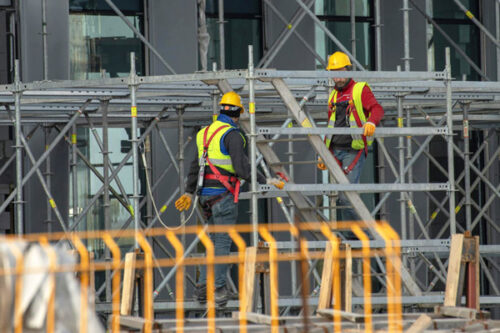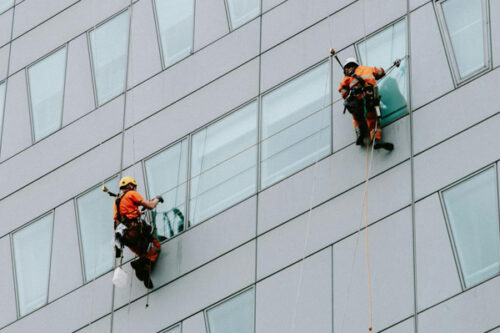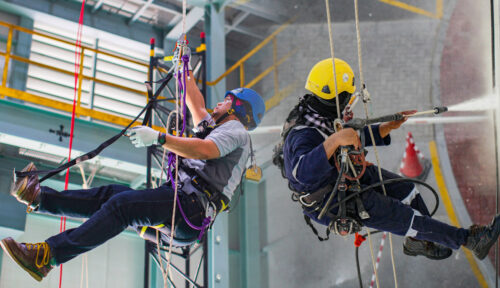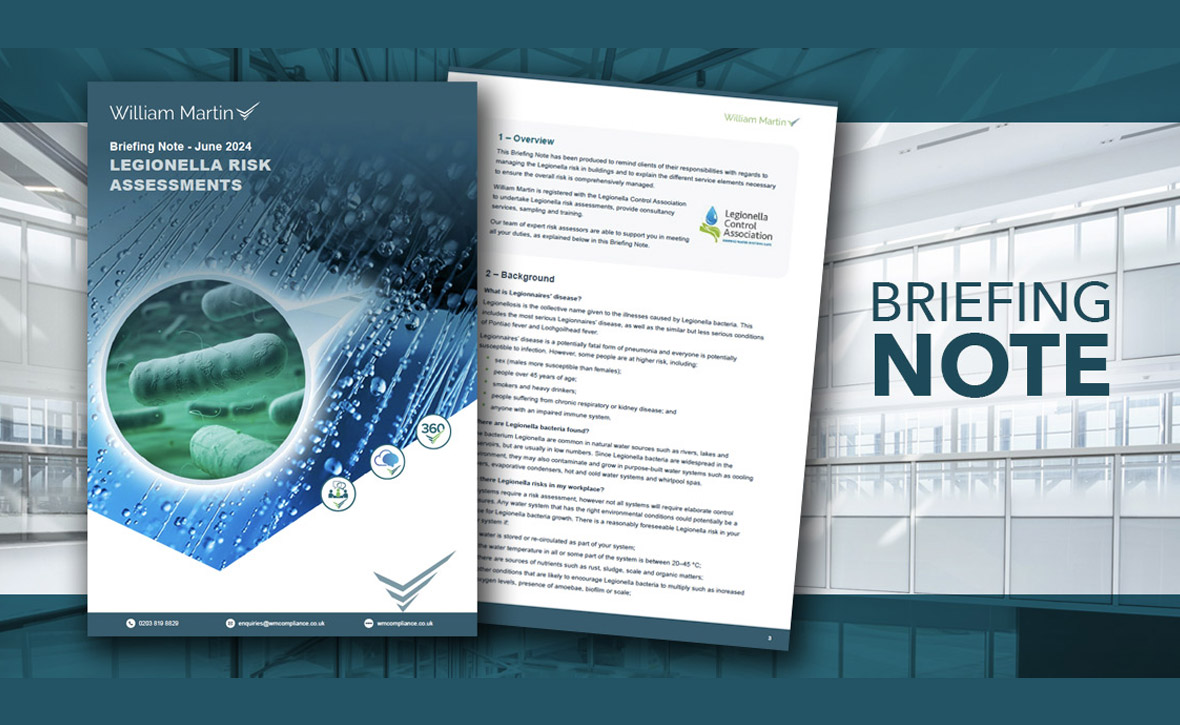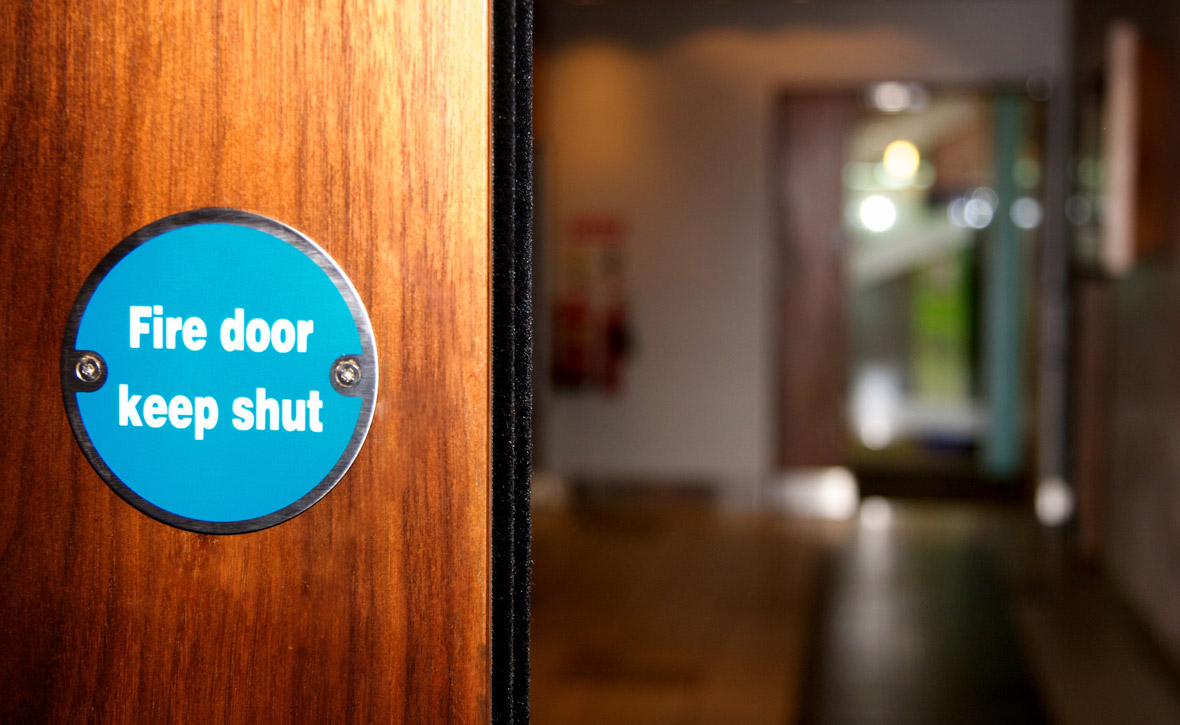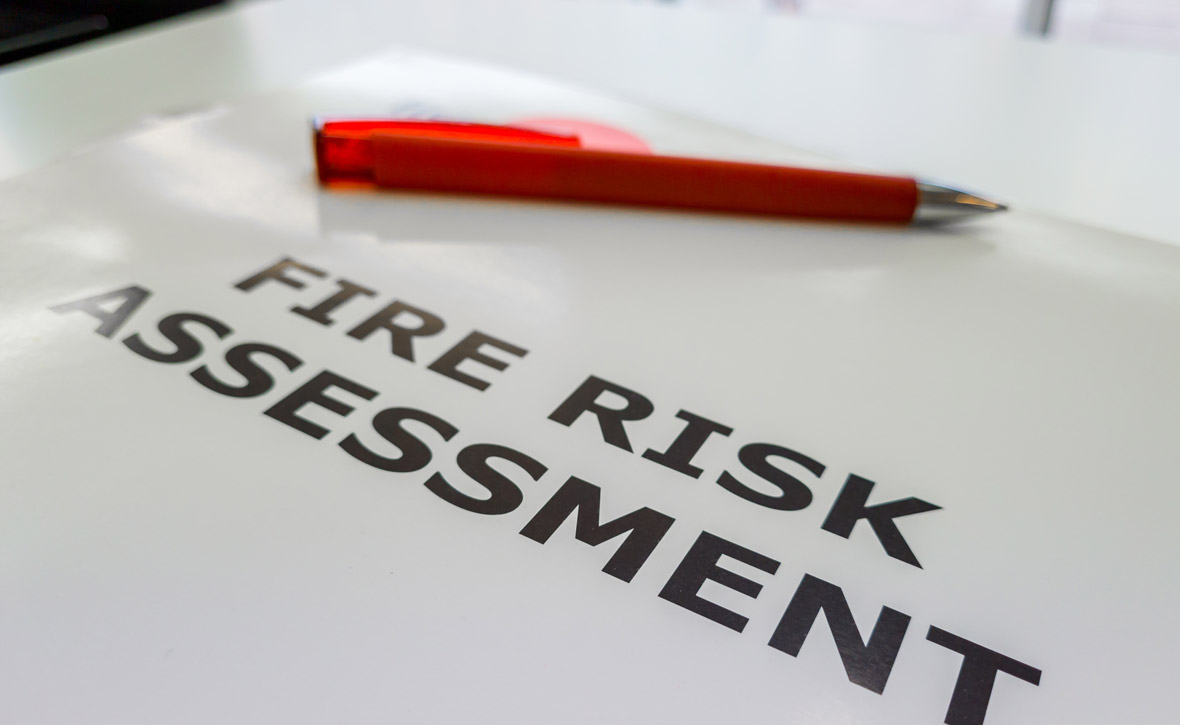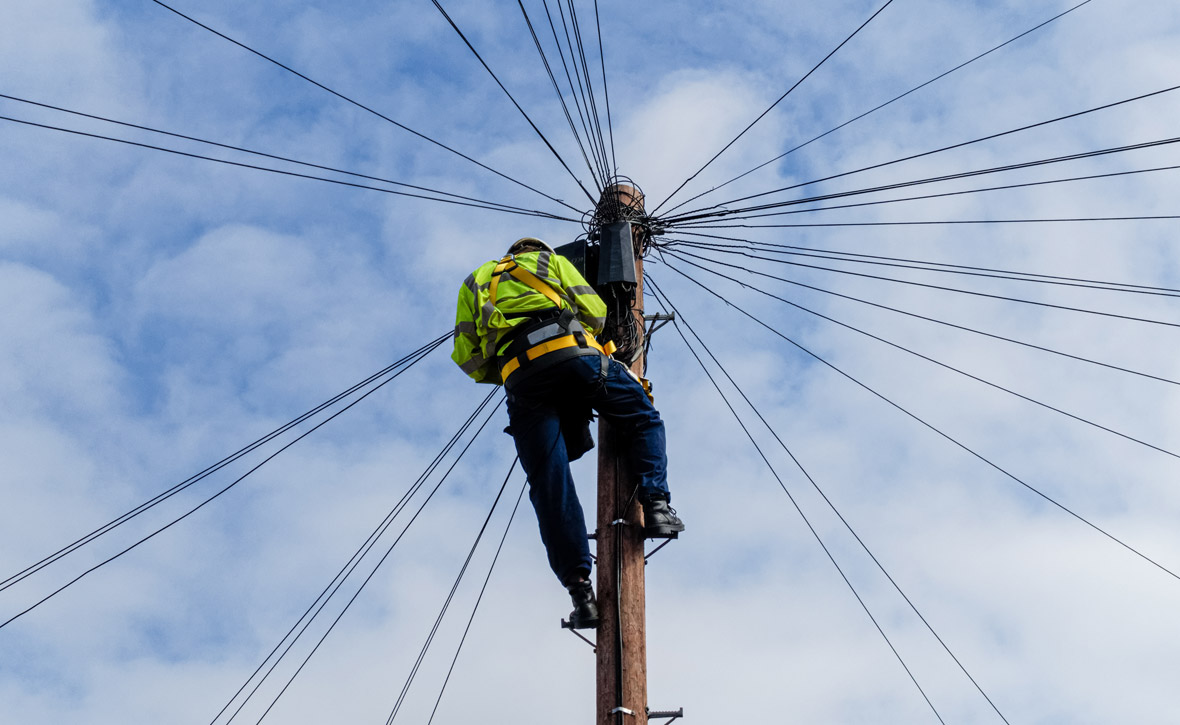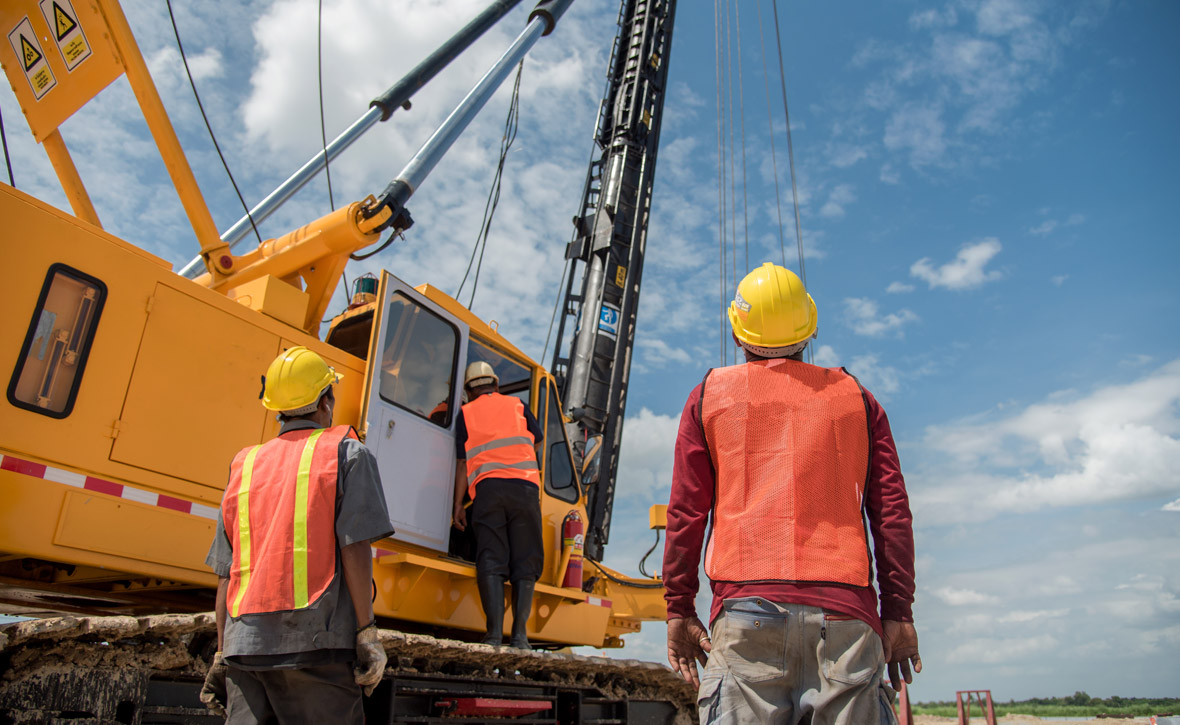A well-executed risk assessment not only fulfils legal obligations but also empowers businesses to make informed decisions about the most appropriate safety measures, equipment, and training required for their specific operations. It enables employers to prioritise risks, allocate resources effectively, and develop tailored safe systems of work that account for the specific challenges posed by working at height environments.
Moreover, regular risk assessments foster a culture of continuous improvement, as they encourage ongoing monitoring and review of safety practices, ensuring that any changes in work conditions, equipment, or regulations are promptly addressed. By prioritising risk assessments, businesses demonstrate their commitment to protecting their most valuable assets – their employees – and cultivate a proactive approach to workplace safety that can ultimately enhance productivity, reduce costs associated with accidents, and maintain a positive reputation within the industry.
Remember, the consequences of failing to address the dangers of working at height can be severe, including injuries, fatalities, and legal repercussions. By prioritising safety and taking proactive steps to mitigate risks, businesses can protect their workers, maintain compliance, and foster a culture of safety within their organisation.
At William Martin, we offer a fully flexible health and safety consultancy to suits your needs. By tailoring our services to you, you can rest assured that all your needs and expectations are met. Each of our team of health and safety experts have at least 10 years of sector-specific and hands-on experience.
Ready to take control and mitigate working at height risks? Get in touch with us to find out how we can help you undertake a working at height risk assessment!
Contact
At William Martin, we bring unparalleled health & safety expertise and powerful technology to the table. Whatever your sector and wherever you are, we give you the support you need to keep compliant, strong, and successful. For all enquiries, please contact us or call our team on 0203 819 8829.
